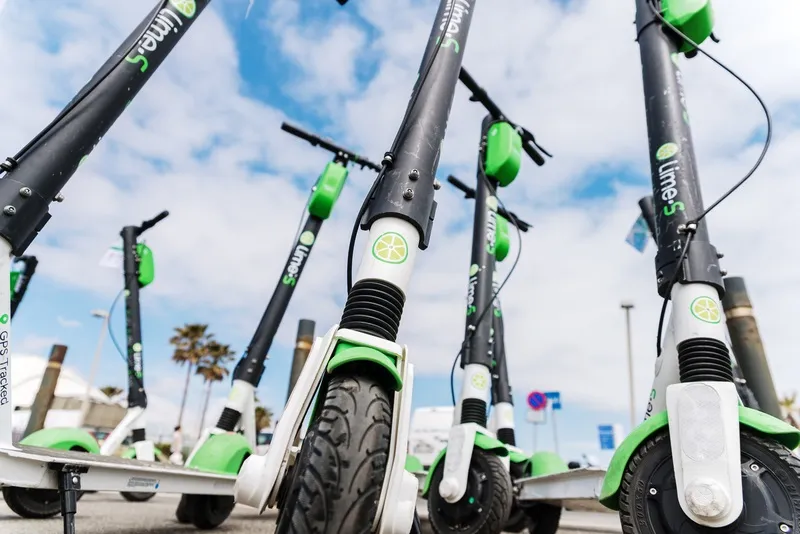As attendees at ITS America San Jose can attest, the industry has come a long way in recent years in developing real-world applications for V2X communications technology, making sure that cars, busses and trucks can interact with other vehicles, pedestrians and roadside equipment.
But what about motorcycles?
Virginia Tech Transportation Institute is looking to solve the motorcycle issue when it comes to connecting all the disparate moving parts of transportation networks by moving V2X technology to th
June 15, 2016
Read time: 2 mins

As attendees at ITS America San Jose can attest, the industry has come a long way in recent years in developing real-world applications for V2X communications technology, making sure that cars, busses and trucks can interact with other vehicles, pedestrians and roadside equipment.
But what about motorcycles?
5593 Virginia Tech Transportation Institute is looking to solve the motorcycle issue when it comes to connecting all the disparate moving parts of transportation networks by moving V2X technology to the rider's helmet.
According to Zac Doerzaph, director of the institute, motorcycle riders have been reluctant to add bulky equipment to their bikes. At the same time, most riders own multiple bikes, and motorcycles--especially vintage models--have long lifecycles compared to cars. Moving V2X technology to the helmet resolves these problems by creating a highly-mobile, non-intrusive V2X platform that sits on the rider's head.
Research and development of the Smart Helmet prototype began in 2015 and continues to evolve as new technologies come to market. The current model boasts both DSRC and GPS antennas and lithium battery with six to eight hours of life. LED lights line the inside of the helmet and are illuminated when a collision is imminent. The LEDs can change frequency and color (red and green) to communicate different messages to the rider. Bluetooth speakers enable tones and speech warnings. Doerzaph said that the additional equipment adds about a pound to the weight of the helmet.
Doerzaph plans to put the helmet through the ringer, testing it for performance and reliability over the next several months. He also acknowledges the need to test the human factor as motorcycle riders haven't yet been exposed to V2V technology as car drivers have been.
"Honestly, I'm not sure about the reaction. Is it going to be too much distraction? We just need to figure it out," Doerzaph said. "VTTI is all about safety, so we're just doing the research and informing the community that is eventually going to manufacture this thing some day."
But what about motorcycles?
According to Zac Doerzaph, director of the institute, motorcycle riders have been reluctant to add bulky equipment to their bikes. At the same time, most riders own multiple bikes, and motorcycles--especially vintage models--have long lifecycles compared to cars. Moving V2X technology to the helmet resolves these problems by creating a highly-mobile, non-intrusive V2X platform that sits on the rider's head.
Research and development of the Smart Helmet prototype began in 2015 and continues to evolve as new technologies come to market. The current model boasts both DSRC and GPS antennas and lithium battery with six to eight hours of life. LED lights line the inside of the helmet and are illuminated when a collision is imminent. The LEDs can change frequency and color (red and green) to communicate different messages to the rider. Bluetooth speakers enable tones and speech warnings. Doerzaph said that the additional equipment adds about a pound to the weight of the helmet.
Doerzaph plans to put the helmet through the ringer, testing it for performance and reliability over the next several months. He also acknowledges the need to test the human factor as motorcycle riders haven't yet been exposed to V2V technology as car drivers have been.
"Honestly, I'm not sure about the reaction. Is it going to be too much distraction? We just need to figure it out," Doerzaph said. "VTTI is all about safety, so we're just doing the research and informing the community that is eventually going to manufacture this thing some day."









